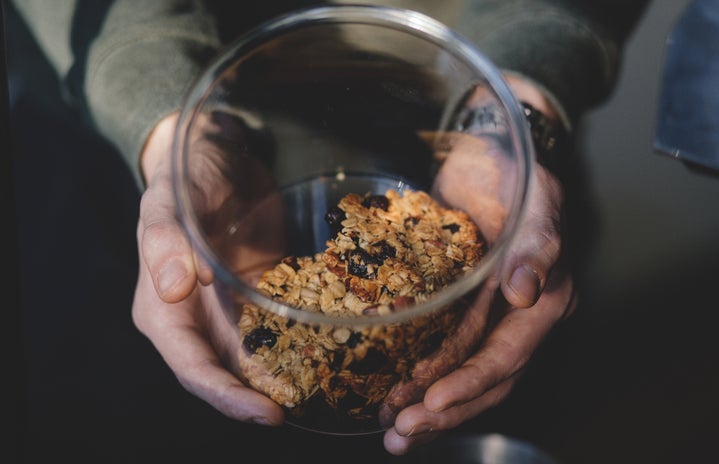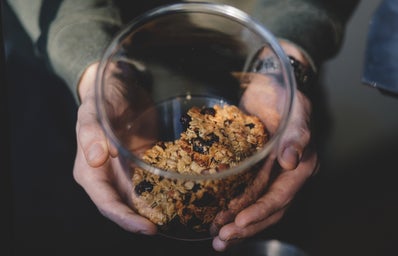The holidays are a special time of celebration with food, family and tradition all playing a role in creating joyful memories of the holiday season. In Mexican tradition, family and food are also at the core of holiday celebrations. However, the holiday food eaten may be a little different than any other old traditional holiday. Many of the dishes enjoyed on Christmas and New Years have been prepared for hundreds of years and have a strong cultural meaning for Mexican people. For those who are unfamiliar with traditional Mexican holiday dishes, here is a little bit about each food’s history and significance in Mexican culture.
Tamales:
The tamale is believed to have originated around 7000-5000 B.C. when women traveled with men during war and made masa for the soldiers. However, more recent recordings show that tamales similar to modern tamales, masa stuffed with different fillings, appeared around the 1550s when the Aztecs served tamales to the Spanish during their visit to Mexico. Today’s tamales are usually made of a corn masa and stuffed with beef, chicken, pork, corn or rajas and can even include sweet varieties like fruit or raisins and cinnamon. The tamales are then wrapped in a corn husk and steamed. Traditionally, the women of the family will gather together days ahead of the holidays to make tamales as a group. The traditions and recipes of making tamales are passed down from generation to generation and stay in families for hundreds of years.
Pozole:
Pozole is a very labor intensive, hearty Mexican stew that takes almost an entire day to cook, however trust us when we say the flavor is worth the time. According to Aztec history, on special occasions after a ritual sacrifice, the bodies which had been sacrificed were cooked with maize and used as the meat in pozole. While today’s pozole definitely does not contain human flesh, the ancient Aztec traditions of preparation are still used today. Pozole can either have a white, green or red broth with different spices giving it its unique flavor and color. The stew is also traditionally made with pieces of tender pork and hominy and can be topped with chopped cabbage, radishes, lime or cilantro depending on personal preference. Pozole is always a great cure for those killer hangovers after New Year’s Eve.
Chile en Nogada:
The story behind this dish is just as unique as the combination of ingredients used in making it. According to ancient stories, the dish was created when nuns in Puebla, Mexico needed something to serve to Agustin de Iturbide when he returned to Puebla after signing the Declaration of Independence of Mexico. They combined the unique ingredients of poblano peppers stuffed with a mixture of meats and fruits, a white creamy walnut sauce and bright red pomegranate seeds to represent the colors of the Mexican flag and Mexico’s newfound independence. The dish is only prepared during times of the year when pomegranates are ripe, therefore its unique flavor and delicate ingredients make it one of the most special dishes of Mexican cuisine.
Champurrado:
Perfect for the holidays and cold weather champurrado is a corn-based drink, similar to hot chocolate, mixed with cinnamon and chocolate to give it a rich, thick consistency and sweet flavor. The drink is believed to have originated around the Aztec or Mayan era.
Rosca de Reyes:
Rosca de Reyes is an oval-shaped cake with dried fruits baked into it. However, the most interesting thing about this dish is the traditions that come along with it. Twelve days after Christmas, friends and family gather together to eat the Rosca de Reyes and drink coffee or hot chocolate, however hidden inside is a small plastic baby Jesus. The baby Jesus inside the cake represents Epiphany Day or the day that the Wise Men appeared. The person who finds the plastic figure in their piece of cake is traditionally supposed to throw a party at their house to celebrate Candlemas Day on Feb. 2.
Buñuelos:
Mexican buñuelos are a flat, fried piece of dough that is topped while still hot with either cinnamon, powdered sugar or a homemade syrup. Once cooled down and sticky, it is served after a celebration or meal. The dessert is crunchy, airy and very sweet but is the perfect ending to a heavy meal.
The holidays are a special time of celebration and great food, so remember to thank your ancestors for the great traditions you celebrate today!

